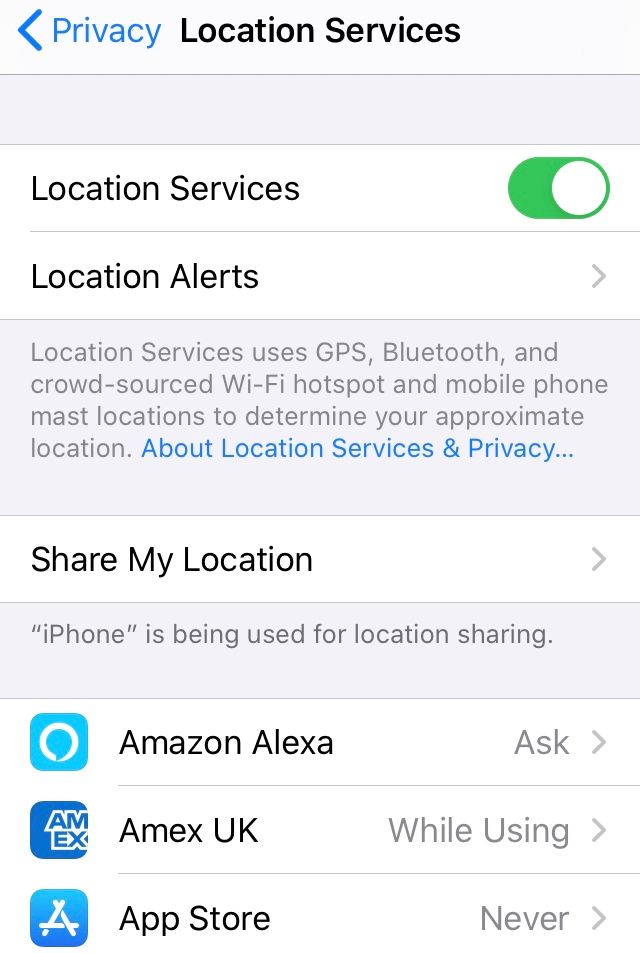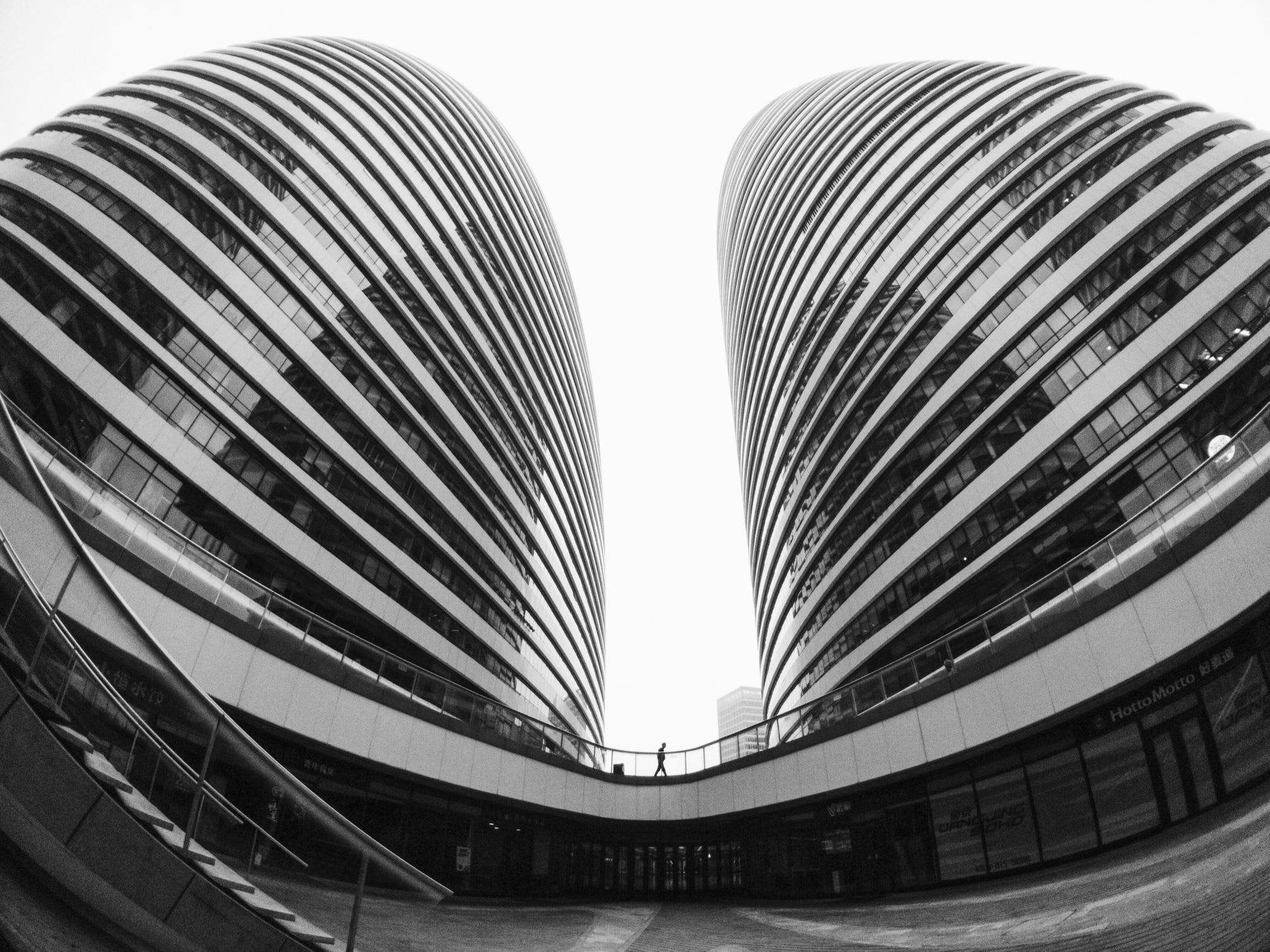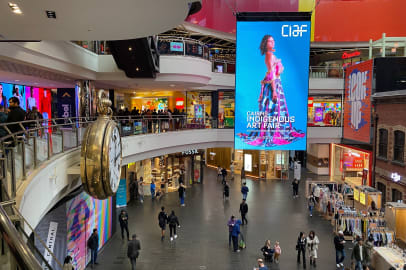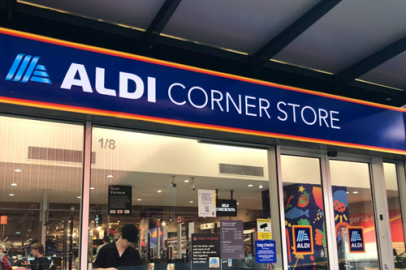First came SOLOMO. It popped into the marketing lexicon about 10 years ago as smartphones were just starting to outsell the ‘dumb’ ones and the number of Facebook users breached the 0.5bn mark. SOLOMO stands for SOcial, LOcal and MObile and it’s essentially about leveraging the mobile phone as the link between where our eyeballs are increasingly dwelling (on social media) and where our feet our standing (the local) to deliver more relevant advertising.
Initially, the “check-in” was king, as pioneered by the likes of Foursquare. Early adopters would proactively declare where they were, largely for the social kudos but also to unlock discounts offered by businesses as a reward for visits and reviews. Later, beacon technology started to emerge, offering opportunities to send push-notifications to opted-in customers in the vicinity of a store or restaurant. But search is where this enhanced location-relevancy really took off. Being able to tell a stressed out parent that an elusive ‘must have’ toy is in stock in your store half-a-mile away was Christmas gold dust.
Now it would seem bizarre if Uber didn’t know exactly where we were the minute we thought about hailing a ride. We have to put some serious effort in if we want any one of the 50+ apps on our phone to NOT passively track our location. Where we are, where we’ve been - extremely useful additions to the ocean of information about us that brands can mine for insights on how better to interact with us as individuals. Welcome to the world of Surveillance Capitalism (as Shoshana Zuboff calls this era in her recent book).

Which brings us to SOLOMOME. The suffix that SOLOMO has freshly sprouted, the ME, refers to Personalisation. It came to our attention when it featured in a press release by JD.com announcing their new store concept 7Fun which opened in January 2020 in the architecturally futuristic Galaxy Soho complex in the Chaoyangmen area of Beijing. JD.com claims this new 10,000 sq. ft store is delivering SOLOMOME in the physical world.
Some background on JD.com. It is an e-Comm behemoth in China with over 300 million active customer accounts and is known for developing innovative delivery solutions such as drones. In 2018, following hot on the heels of Alibaba’s Hema, JD.com launched a chain of upmarket, high-tech supermarkets called 7Fresh which also offer ‘immediate’ (within 30 minutes) free fresh food delivery to customers living within 3km of the store. With delivery being so cheap and convenient, why would anyone go to a grocery store at all? 7Fun is the latest iteration of 7Fresh that attempts to answer that question. Billed as a drinking, dining & social venue from sunrise to late night, the store has 12 different on-site ‘eateries’ and 3 bars and plays host to live music and other social events alongside the usual supermarket offer.
But what of this SOLOMOME, and how do they do it? Being at the vanguard of the so-called ‘New Retail’ or ‘Boundaryless Retail’ movement means JD.com are better positioned than most to provide this elusive customer experience, both because of the amount of relevant data they can collect & process to drive the personalisation, and the mechanisms they have for delivering it. Before a new store even opens JD.com already has a rich digital relationship with consumers in the area, through their website, app & digital wallet. Perhaps higher-than-average online purchases of premium foreign spirit brands in the vicinity convinced them that 7Fun should offer more than 300 types of saki and 1,000 craft beers (over the course of a year), and it would certainly help them identify who to target with information about new introductions to the range (& when).
Because 7Fun customers have to download the 7Fresh app and register, scan their own items on their mobile phone and checkout online, JD.com can punctuate the shopping journey with personalised messages in a way that is just not possible in a more conventional store. Prices and deals can be completely unique to the individual. Data on purchase history and replacement cycles mean they can give customers a nudge when they are running out of washing up liquid and offer a discount on a new brand. No doubt JD.com have also deployed facial recognition technology, which can track who customers are, where they are in the store and even how they are feeling. Store assistants can use this information to provide more tailored customer interactions, as can strategically placed digital screens.
So, should you care (more) about SOLOMOME? There is a potential tightrope walk between being ‘relevant’ and plain creepy, but where personalisation helps simplify or enhance our lives it seems the appetite is there. A recent coupon at till, linked to my loyalty card, offering me a discount for the in-store cafe (when the nearest branch of said retailer which actually has a cafe is 30 minutes away) feels like an example that could have been done better. For retailers, being more ‘SOLOMOME’ can also create a virtuous circle of data feedback. And the more that an in-store customer creates a digital footprint, the more you can understand about the relationship between bricks & mortar investments and online performance.



